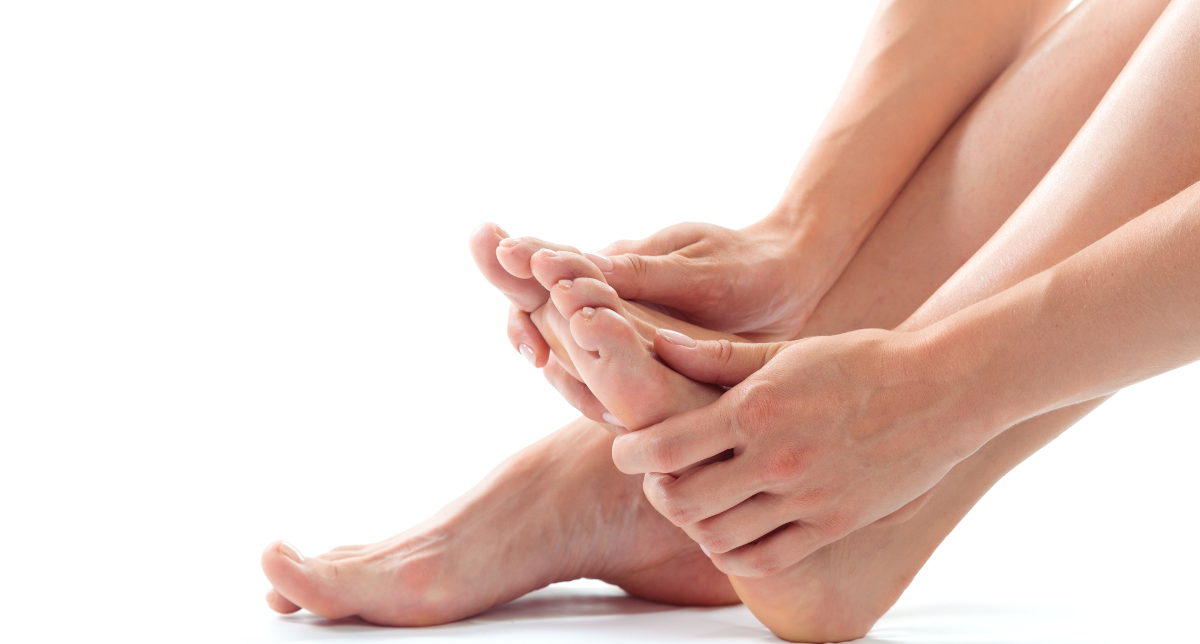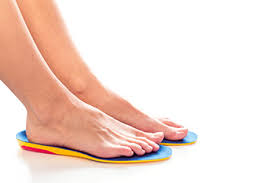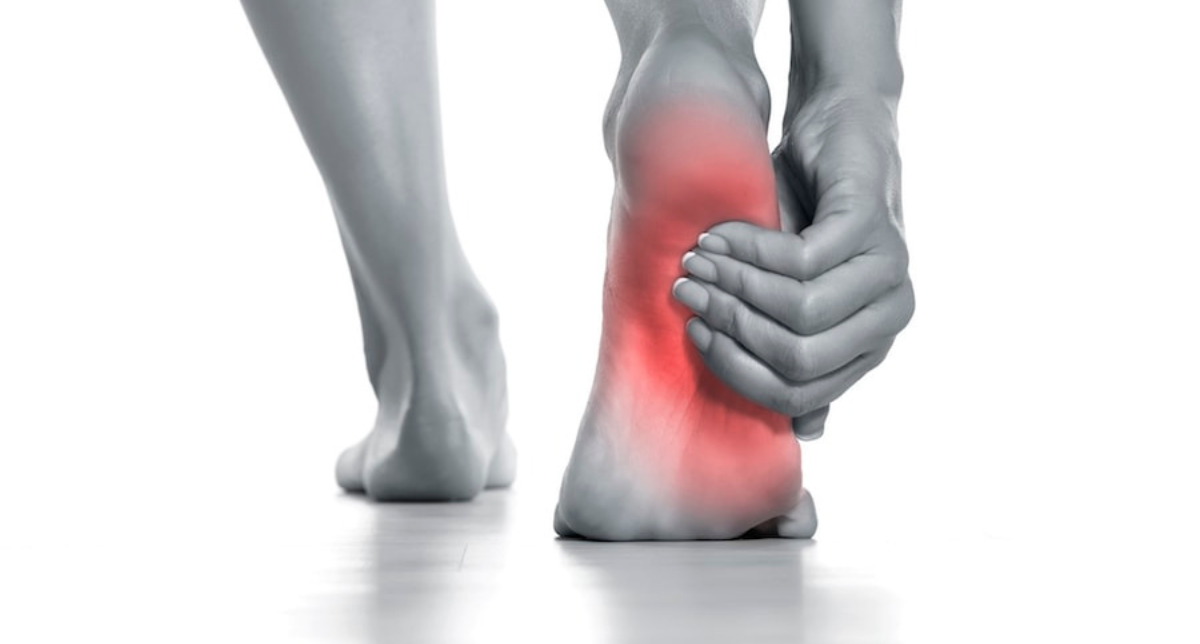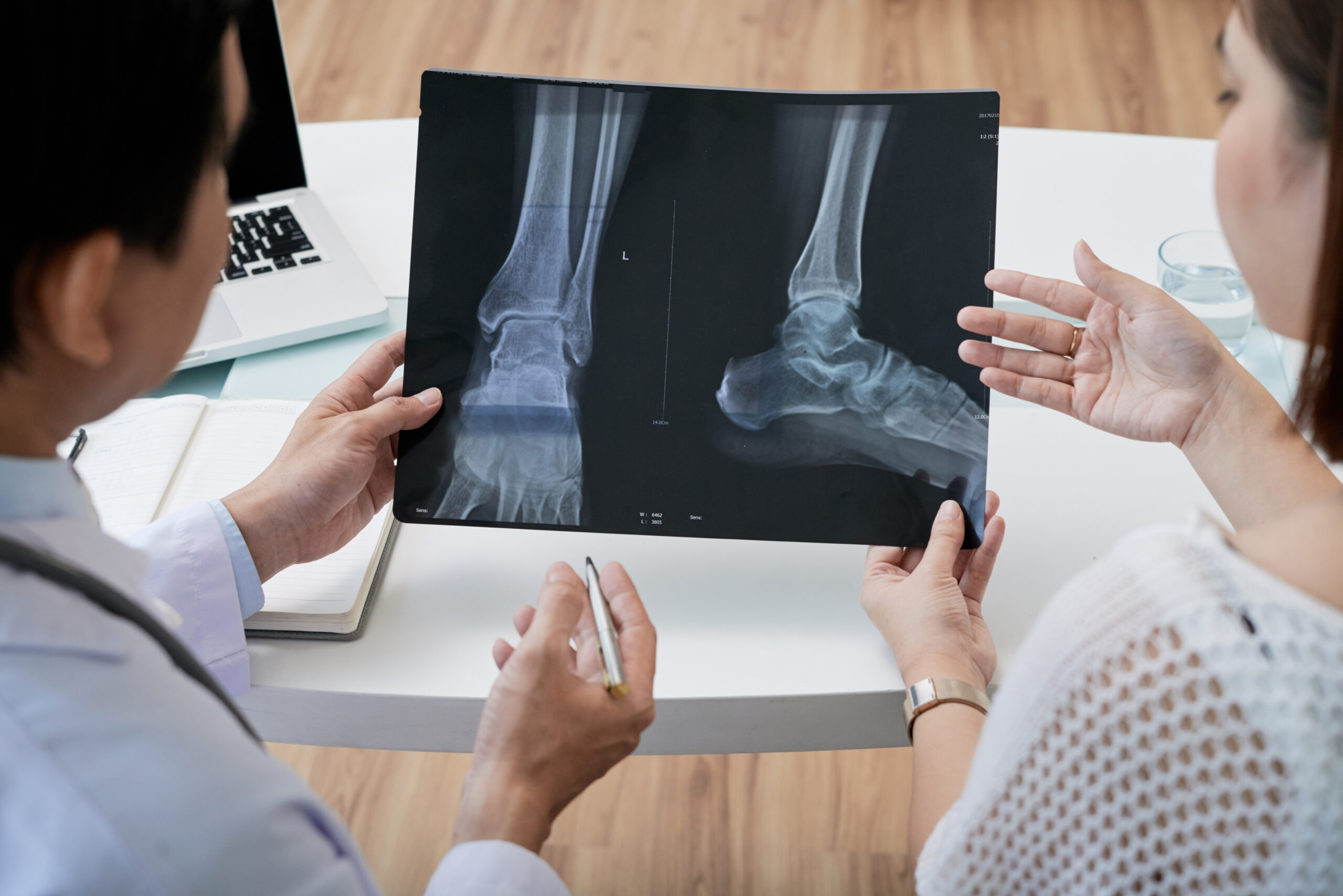

Are you waking up in the morning or stepping out of bed and experiencing sharp, stabbing pain in the bottom of your heel? If so, you’re not alone. Heel pain is a common issue that many people experience, and it can significantly affect your daily activities. Whether you’re an athlete, a busy professional, or someone who simply enjoys walking, heel pain can limit your mobility and quality of life.
This type of discomfort often occurs during the first few steps of the day, but it may worsen as you continue to walk or stand for long periods. The most likely cause of this pain is plantar fasciitis, an inflammation of the tissue that runs along the bottom of your foot. In this post, we’ll explore the causes of heel pain, the conditions associated with it, and the treatment options available to help you find relief. Keep reading to discover effective solutions and expert advice for managing and overcoming heel pain.
Understanding Heel Pain – The Common Culprit: Plantar Fasciitis
Heel pain can stem from a variety of factors, but one of the most common causes is plantar fasciitis. This condition occurs when the plantar fascia, a thick band of tissue that stretches from your heel to your toes, becomes inflamed. When this tissue is strained or stressed, it can cause sharp pain at the bottom of your heel.
Causes of Plantar Fasciitis:
- Overuse: High-impact activities like running, jumping, or walking long distances can put stress on your feet, leading to inflammation.
- Footwear: Wearing shoes with inadequate arch support or poor cushioning can contribute to heel pain.
- Obesity: Excess weight can put additional pressure on your feet, increasing the risk of developing plantar fasciitis.
- Flat Feet or High Arches: Both flat feet and high arches can alter the way your feet absorb shock, leading to strain on the plantar fascia.
Symptoms of Plantar Fasciitis:
- Pain at the bottom of the heel, especially with the first few steps in the morning.
- A dull ache or sharp pain that worsens after standing or walking for long periods.
- Swelling or tenderness around the heel.
How to Alleviate Pain:
- Stretching Exercises: Regularly stretching your calf muscles and the bottom of your feet can relieve tension.
- Proper Footwear: Wearing shoes with proper arch support and cushioning is essential for reducing strain.
- Ice Therapy: Applying ice to the affected area can help reduce swelling and pain.
- Orthotics: Custom or over-the-counter shoe inserts can provide additional support and alleviate pressure on the plantar fascia.
Other Causes of Heel Pain – Not Just Plantar Fasciitis
While plantar fasciitis is the most common cause of heel pain, other conditions can lead to similar symptoms. Understanding these conditions can help ensure you receive the right treatment.
- Heel Spurs:
Heel spurs are bony growths that form on the underside of the heel bone. They are often associated with plantar fasciitis and occur when the fascia pulls away from the heel, causing bone formation. Though they often do not cause pain directly, they can exacerbate discomfort caused by plantar fasciitis. - Achilles Tendonitis:
The Achilles tendon connects the calf muscles to the heel bone. If this tendon becomes inflamed due to overuse or excessive strain, it can cause pain in the back of the heel. This condition is common among runners and athletes who engage in intense physical activity. - Bursitis:
Bursitis is the inflammation of the bursa, a small fluid-filled sac that cushions the heel bone. Inflammation of the bursa can cause pain, especially during physical activity or when pressure is applied to the heel. - Stress Fractures:
In rare cases, repeated stress on the heel can lead to small cracks in the bone, known as stress fractures. These fractures may cause constant pain, especially during activity or after standing for long periods.
- Heel Spurs:
Seek Professional Help:
If your heel pain persists or worsens despite at-home treatments, it’s important to consult a healthcare professional. A podiatrist can help diagnose the specific cause of your pain and recommend the most effective treatment options.
Effective Treatments for Heel Pain – Finding Relief
If you’re experiencing pain at the bottom of your heel, several treatment options can help relieve discomfort and promote healing.
- Rest and Elevation:
Giving your feet time to rest is crucial for allowing inflammation to subside. Elevating your foot when resting can also reduce swelling and promote healing. - Physical Therapy:
A physical therapist can teach you specific exercises to stretch and strengthen the muscles and tendons in your feet and legs. These exercises can help alleviate pain and prevent future injuries. - Shockwave Therapy:
For chronic heel pain, shockwave therapy (extracorporeal shock wave therapy or ESWT) may be an effective option. This non-invasive treatment uses sound waves to stimulate healing in the affected tissues. - Steroid Injections:
In cases where pain is severe, corticosteroid injections may be recommended to reduce inflammation and provide temporary relief. - Surgery:
In rare cases, surgery may be necessary if conservative treatments do not provide relief. Surgical options may involve releasing the plantar fascia or removing a heel spur.
Alternative Therapies:
Some patients find relief from alternative treatments like acupuncture or massage therapy. These approaches can complement traditional treatments and help manage chronic pain.
Additional Resources:
Conclusion
Heel pain, especially pain at the bottom of the heel, is a common condition that can disrupt daily life. Whether caused by plantar fasciitis or another underlying issue, it’s essential to address the problem early to avoid long-term complications. By understanding the causes of heel pain and implementing effective treatment strategies, you can find relief and get back to your normal activities.
If you’re struggling with persistent heel pain, don’t wait – seek professional help to identify the cause and get the treatment you need. For more tips on foot health or to schedule a consultation with our expert team at Epic Foot and Ankle, visit our website or contact us today!




